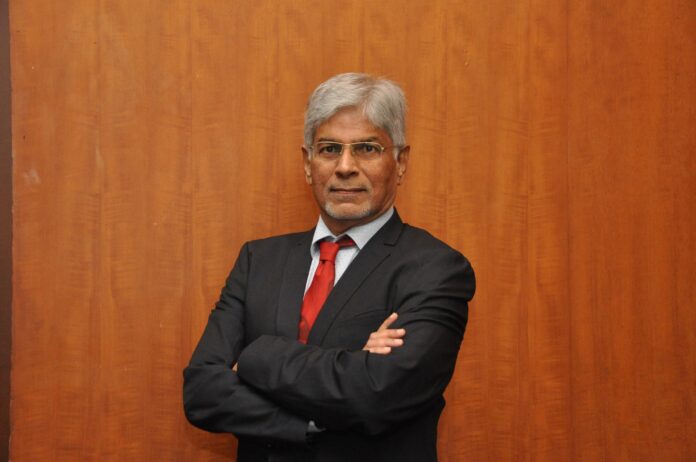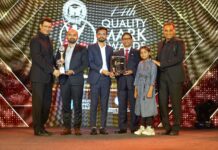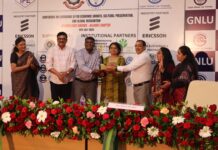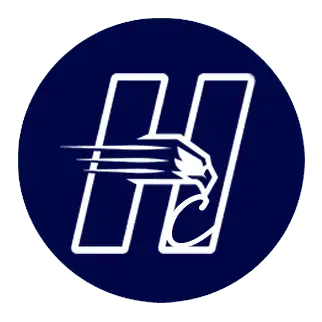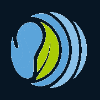IoT – Internet of Things : The water supply infrastructure in India today is plagued by a wide range of problems. To solve them, we need to implement new age technologies, like the “Internet of Things”. IoT-based water management systems use real-time data from the sensors and help us automate different processes in the water supply infra and reduce water wastage and losses.
IoT helps connect the physical world with the digital world. Sensors collect data from the environment, and actuators interact with and transform the physical world. IoT devices connect, and the Internet ensures that all information we need about our water supply is available at our fingertips. All this can be accessed using a mobile or web dashboard, anytime anywhere in the world. Some applications in water management where IoT can help us optimize our water management are:
ALSO READ : Protean forays into cyber security business, launches Protean InfoSec Services Limited
- Smart Water Distribution
Using IoT and data solutions for asset management, companies can keep essential measurements such as water pressure, temperature, flow, etc., at hand, integrate predictive maintenance and avoid breakage and downtime of equipment. It can also help enhance the efficiency of water systems such as water collectors, treatment plants, distribution mains and wastewater recycling centres.
- Smart Billing System
Smart meters and monitoring hubs allow real-time water consumption measuring, help identify excessive usage and waste points, correct usage patterns, and make predictions for future consumption. This water management technology is helpful for production and distribution managers and bulk households. We can correct water consumption routines using smart meters and water monitoring systems and reach sustainability and budgeting goals.
- Water Level Controllers
IoT-based water management systems help optimise and control water usage at different levels — households, communities, countries and the whole planet- based on real-time supply and demand data. It brings transparency and improved control to the entire water supply chain, from a freshwater reservoir to wastewater collecting and recycling. This category includes IoT devices for water management, systems and software tools that help optimize water production, distribution and consumption and enable innovative water treatment practices.
Top Courses in Finance
- Water Quality Monitoring
With devices like sensors and probes, several water parameters can be measured in real-time from remote locations. These devices share live data about the quality of a water body to a platform suite. By using this platform, a person or a company can take practical actions to ensure optimum water quality. By tracking TDS, pH and Hardness at water supply nodes and building inlets, residents and govt. Authorities can gauge the effectiveness of water treatment measures.
- Storm Drain/ Sewer Line Management
Ultrasonic is the most popular technology to detect where debris/ choke points exist in the network. This is due to that fact that ultrasonic sensors are small, mobile and they have no moving parts; they are easy to use, affordable and they do not require much maintenance.
visit EasyShiksha for skill development.





































